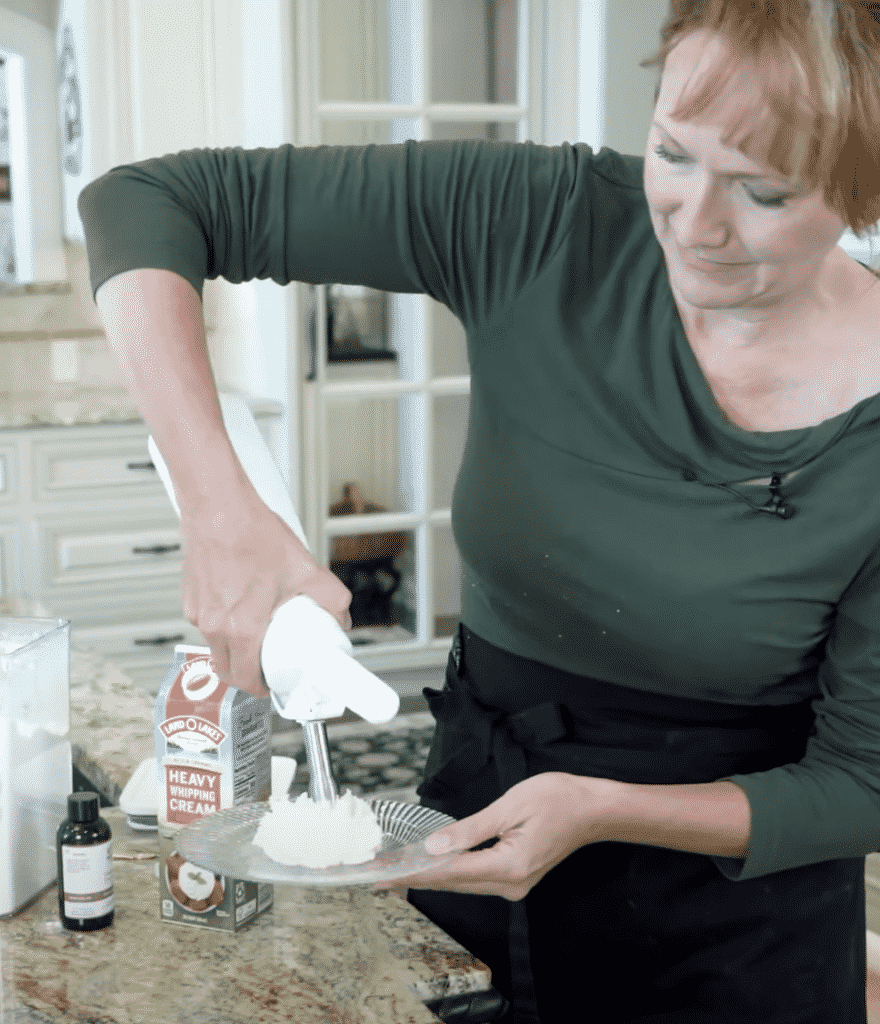Whipped cream is a staple in many kitchens, elevating desserts and beverages with its light, airy texture and sweet flavor. However, mastering the art of whipping cream can often be a challenge, especially when it comes to achieving the perfect consistency. One key factor in this process is pressure control, which can significantly affect the outcome of your whipped cream. Understanding how to manipulate pressure, whether through a stand mixer, handheld mixer, or manual whisking, can help you create whipped cream that is consistently light and fluffy. To begin, it is essential to select the right type of cream. Heavy whipping cream, with a fat content of around 36%, is ideal for whipping, as the higher fat content helps stabilize the foam. Once you have your cream ready, chill your mixing bowl and whisk or beaters in the refrigerator for about 15-20 minutes. Cold equipment aids in keeping the cream cool while whipping, allowing it to maintain its structure better. When you are ready to start whipping, pour the chilled cream into the bowl, ensuring not to overfill, as whipped cream will increase in volume as it incorporates air.

When it comes to the actual whipping process, controlling the pressure applied during mixing is crucial. If you are using a stand mixer, start at a low speed to avoid splatter and gradually increase to medium or medium-high speed. This controlled approach allows you to incorporate air slowly, creating a stable structure in the cream. If you whip the cream too aggressively from the start, you risk over-aerating it, leading to a grainy texture. Instead, aim for a steady rhythm: as the cream thickens and increases in volume, you can adjust your mixer speed accordingly, increasing pressure as needed to achieve soft peaks. Soft peaks are your first goal, where the cream holds its shape but still droops slightly when the beaters are lifted. At this stage, you can add sugar, vanilla extract, or any other flavorings to your liking. For sweetened whipped cream, granulated sugar can be used, but for a smoother texture, confectioners’ sugar is often preferred, as it dissolves more easily.
Once you have incorporated your flavorings, continue whipping until you reach medium peaks, where the cream stands tall but has a slight curve at the tip. Be careful not to over-whip; once the cream starts to look grainy or butter-like, you have gone too far, and it may become unusable. For those opting for manual whisking, pressure control becomes even more critical. Use a whisk with a comfortable grip, and whisk vigorously in a circular motion while maintaining a consistent pressure. This technique will help you create the desired aeration without overdoing it. It may take a bit longer than using a mixer, but the control you have can yield excellent results. Mastering nitrous oxide regulator with pressure control not only enhances your culinary skills but also allows you to achieve the perfect balance of texture and flavor. Whether you are topping a slice of pie, enhancing a coffee, or decorating a cake, consistent whipped cream is within your reach with a little practice and understanding of the process.